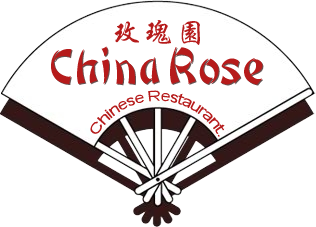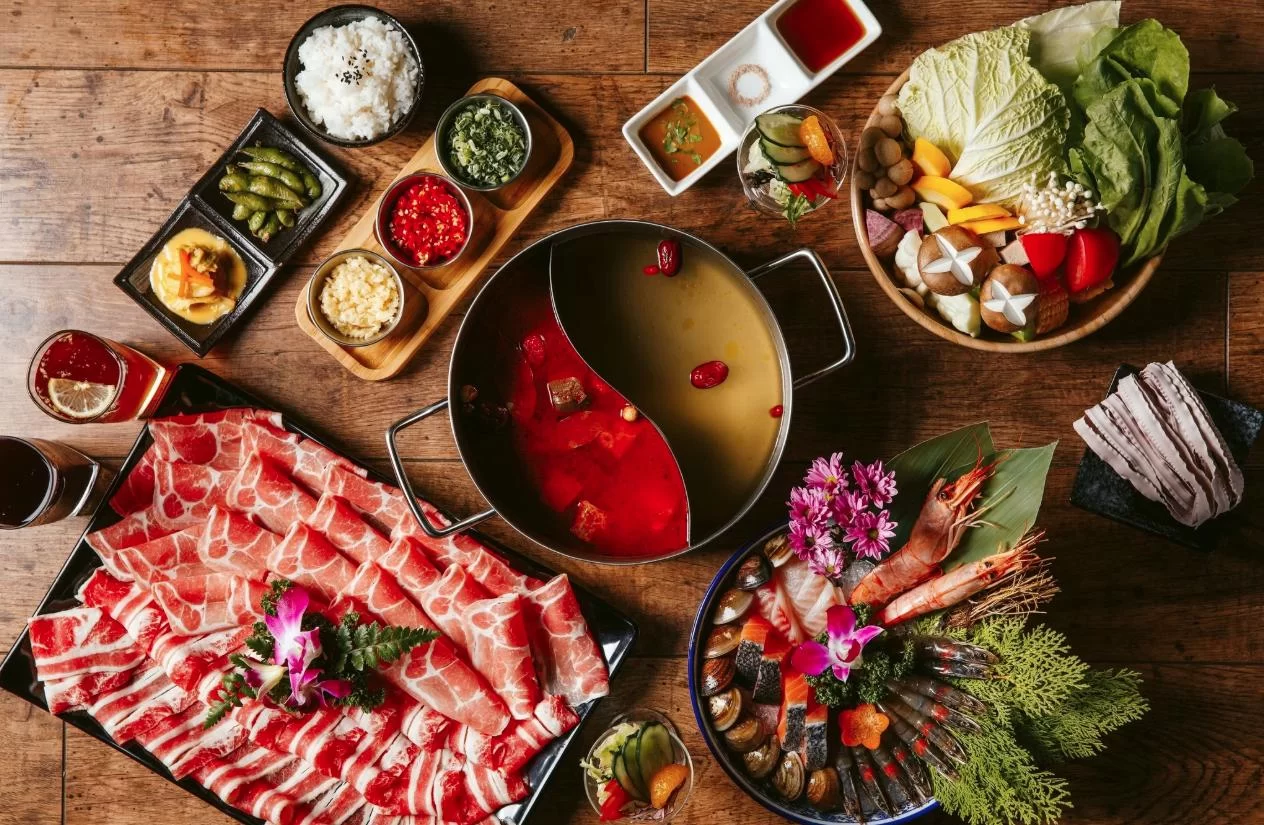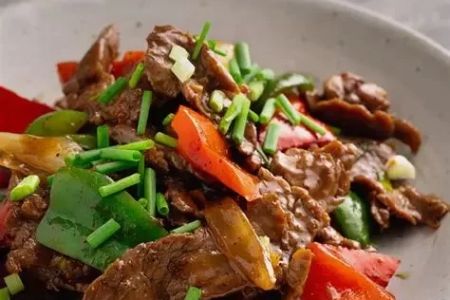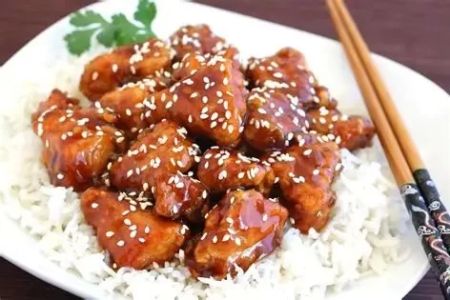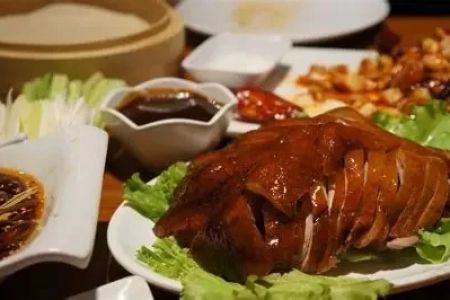- 1 - The Roots of General Tso's Chicken
- 2 - Americanized Flavors and Adaptations
- 3 - Cultural Significance of American Chinese Dishes
- 4 - Real Chinese Dishes vs. Restaurant Favorites
- 5 - Case Studies and Pop Culture Stories
- 6 - Navigating Authenticity in Modern Dining
The Roots of General Tso's Chicken
General Tso's Chicken is often one of the most recognizable dishes on Chinese restaurant menus across the United States. However, its origins are not deeply tied to traditional Chinese cooking. The dish was reportedly created by Chinese chefs in Taiwan and later adapted for the American palate. In China itself, you are unlikely to find this sweet, tangy, and crispy chicken dish in local restaurants. Instead, it evolved as a way to introduce Chinese flavors in a form that felt familiar to Western diners.
Americanized Flavors and Adaptations
Authentic Chinese cuisine tends to focus on balance—using spices, aromatics, and fresh produce to highlight natural flavors. General Tso's Chicken, however, emphasizes bold sweetness, fried textures, and heavy sauces, catering to the preferences of American diners in the 20th century. This adaptation is not unique; many popular dishes such as Chop Suey or Orange Chicken were created to suit American tastes. While not traditional, they highlight the adaptability of Chinese chefs who built restaurants in new cultural environments. For those interested in exploring both authentic and Americanized flavors, Chinese Food offers resources to connect you with the right restaurants and recipes.
Cultural Significance of American Chinese Dishes
Although not traditionally Chinese, dishes like General Tso's Chicken have become part of the cultural fabric of America. They tell the story of immigration, adaptation, and survival. Many Chinese families opened restaurants in areas where authentic ingredients were limited, leading to improvisation. These creations were not just meals—they were bridges between cultures. Over time, Americanized Chinese food became a cuisine of its own, distinct from its roots yet celebrated for its comfort and familiarity.
Real Chinese Dishes vs. Restaurant Favorites
In China, regional specialties like Mapo Tofu, Gong Bao Chicken (Kung Pao), and steamed fish are far more common than dishes like General Tso's Chicken. These recipes reflect centuries of tradition and rely on flavor layering rather than heavy frying and sweetness. Comparing the two categories highlights how Americanized dishes became simplified interpretations designed for accessibility. This does not make them less valid; instead, it illustrates how cuisine evolves across borders.
Case Studies and Pop Culture Stories
General Tso's Chicken has been the subject of documentaries, food blogs, and even comedic sketches. A notable example is the 2014 documentary *The Search for General Tso*, which traced the dish’s mysterious history and global spread. Social media trends have also revived discussions about authenticity, with food enthusiasts sharing side-by-side comparisons of “real” Chinese food and American Chinese dishes. Such stories keep the conversation alive and highlight the evolving role of food in cultural identity.
Navigating Authenticity in Modern Dining
Today, many diners seek clarity on what makes a dish authentic. For some, authenticity lies in adhering to traditional recipes; for others, it is about how food connects people across cultures. Restaurants now often serve both traditional Chinese options alongside Americanized favorites, allowing customers to choose based on their curiosity and comfort. Whether you enjoy the crunch of General Tso’s or the subtle spice of Sichuan classics, exploring both worlds enriches your dining experience. For reliable suggestions, Chinese Food provides curated recommendations to help you enjoy authentic and Americanized dishes alike.
